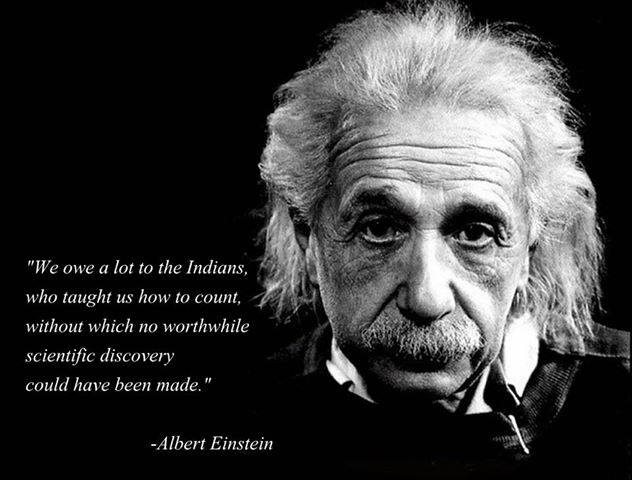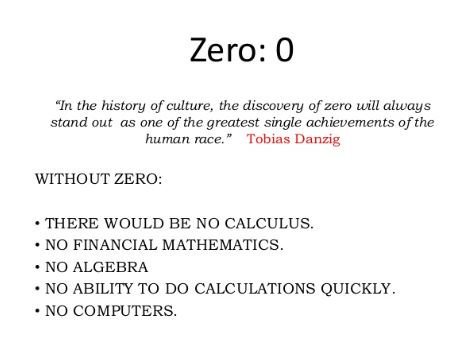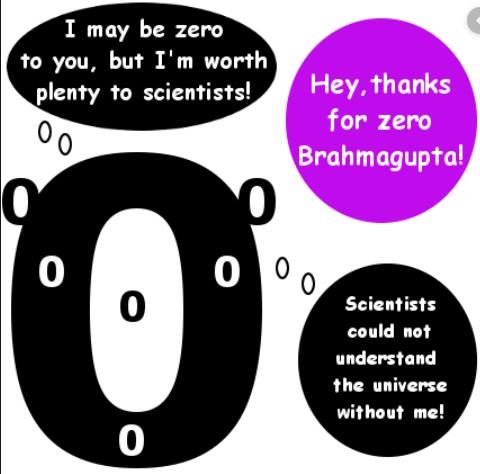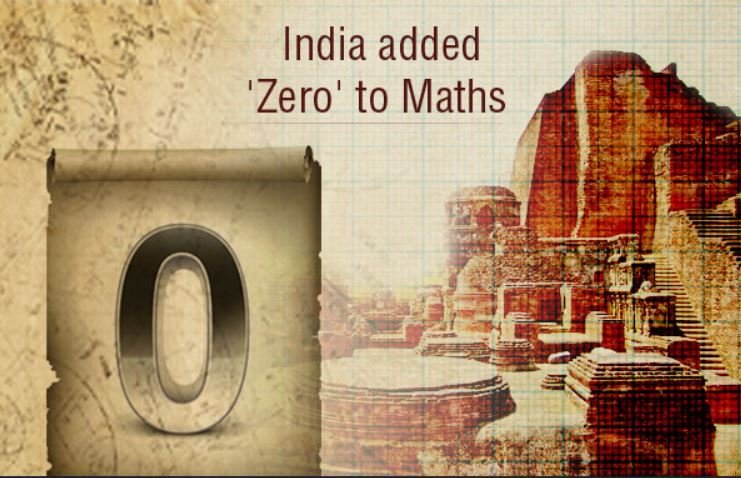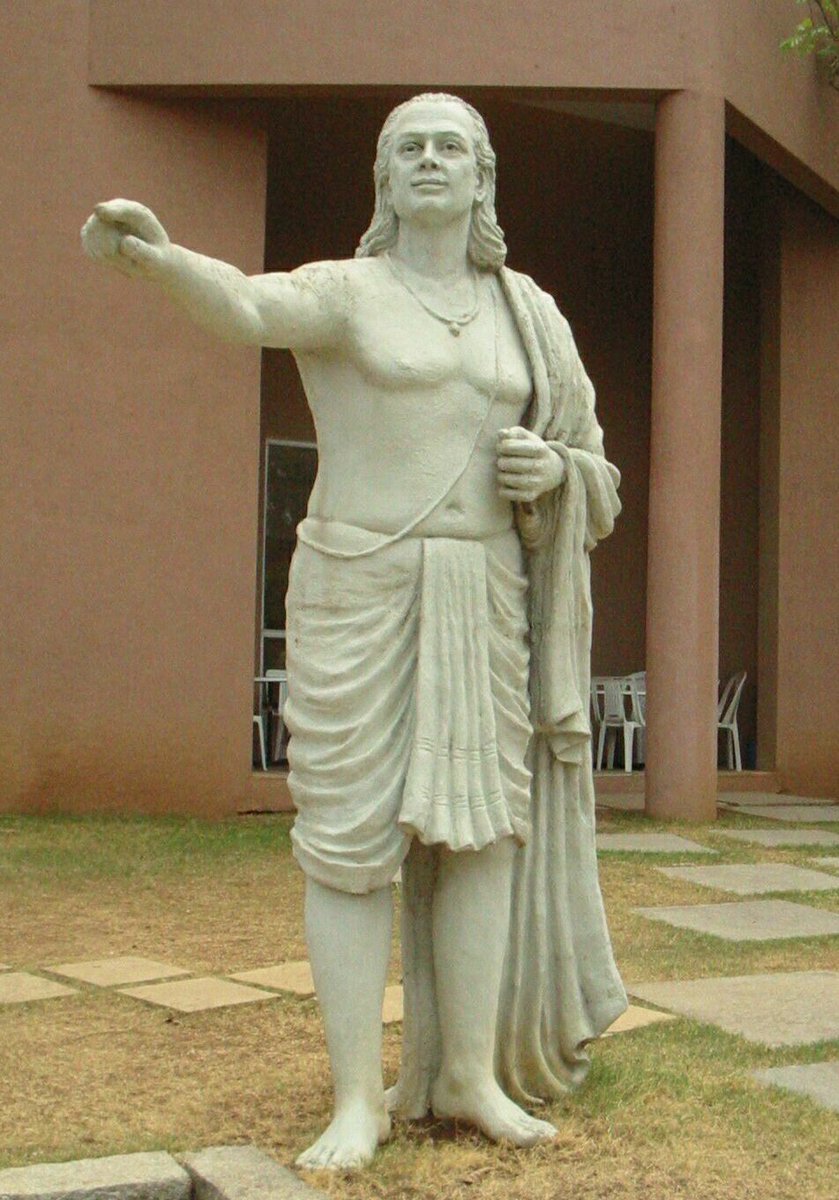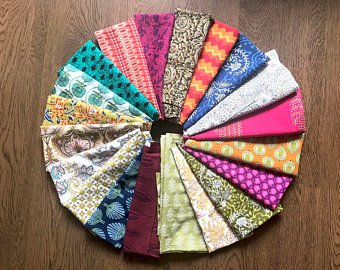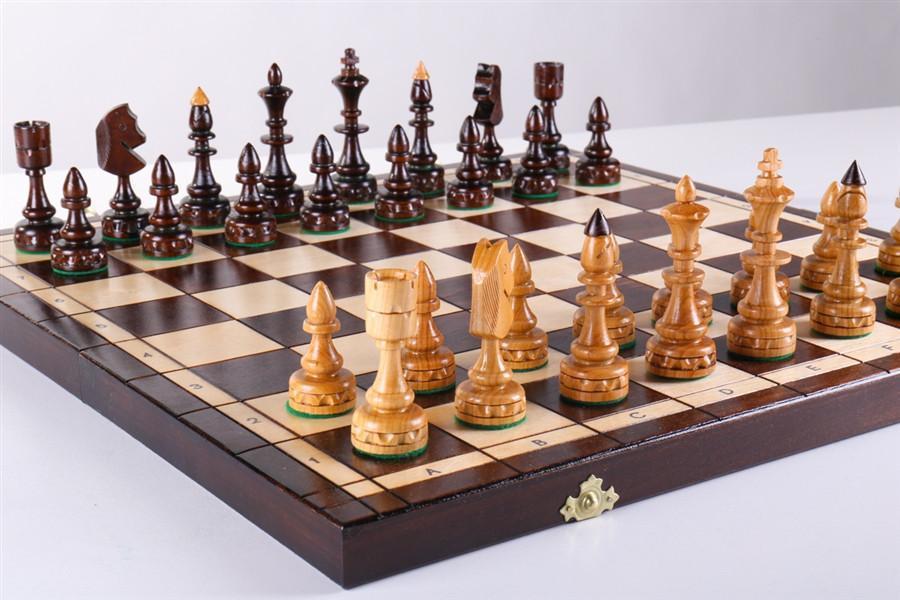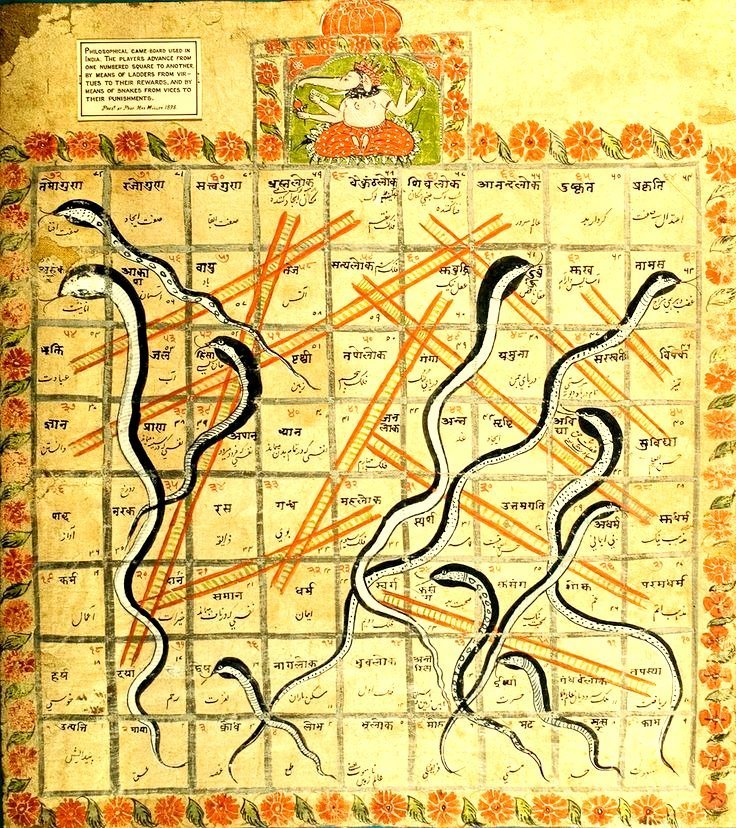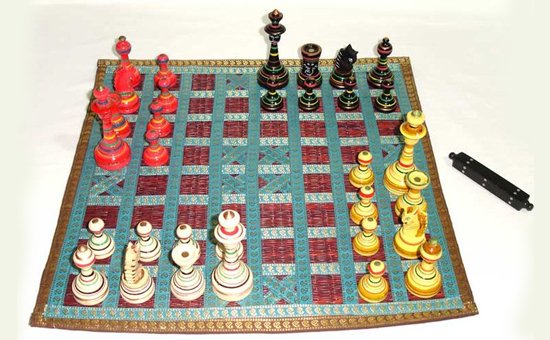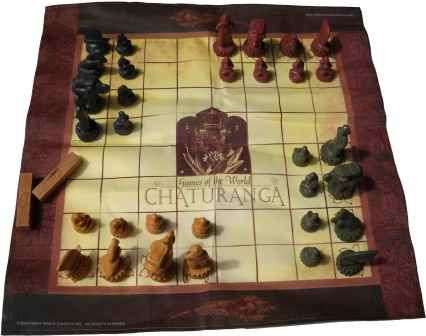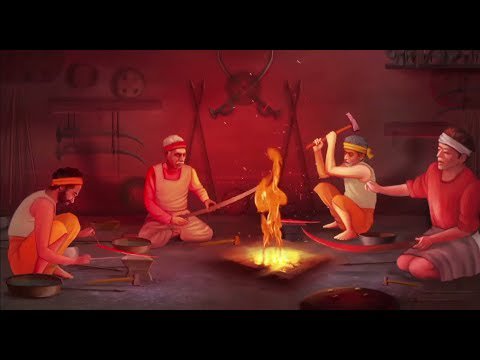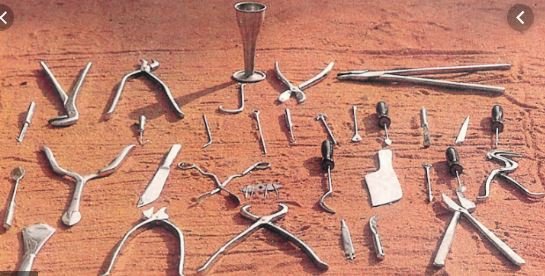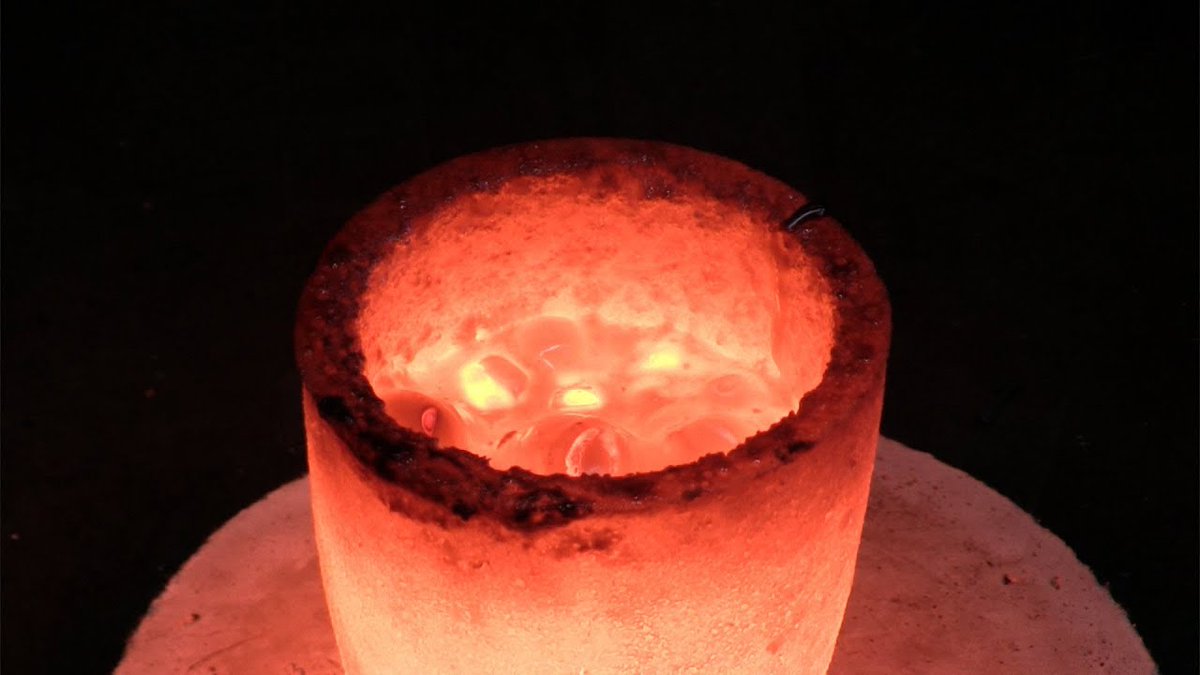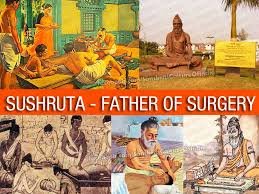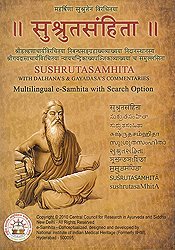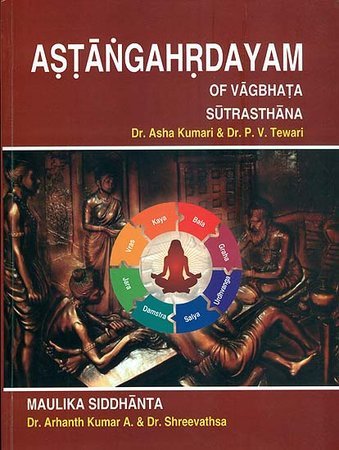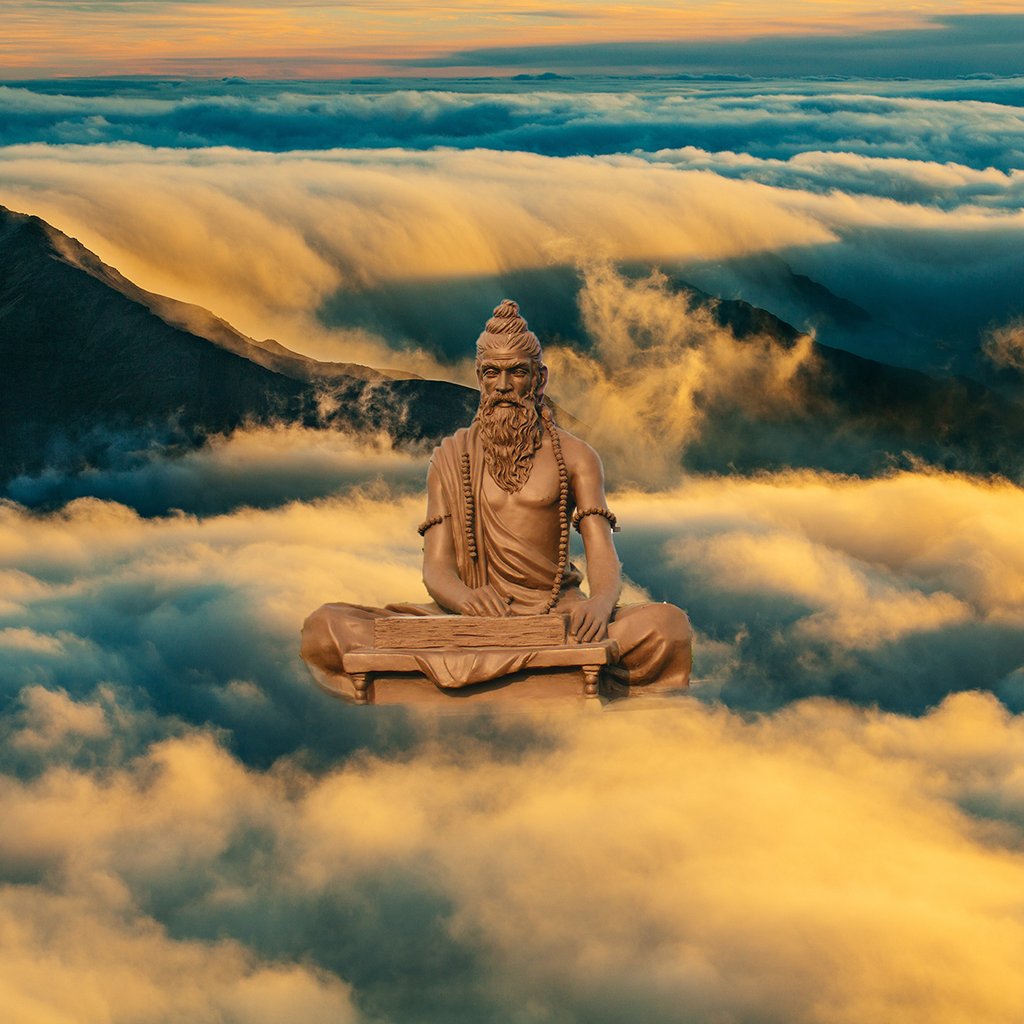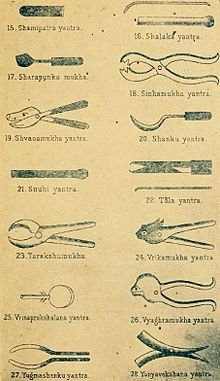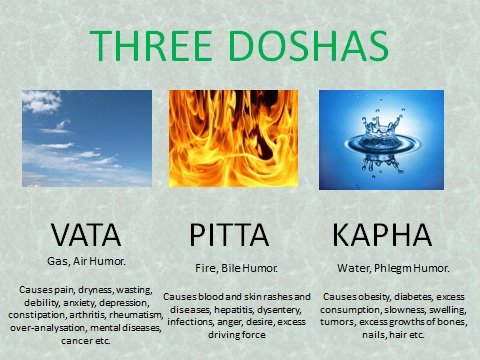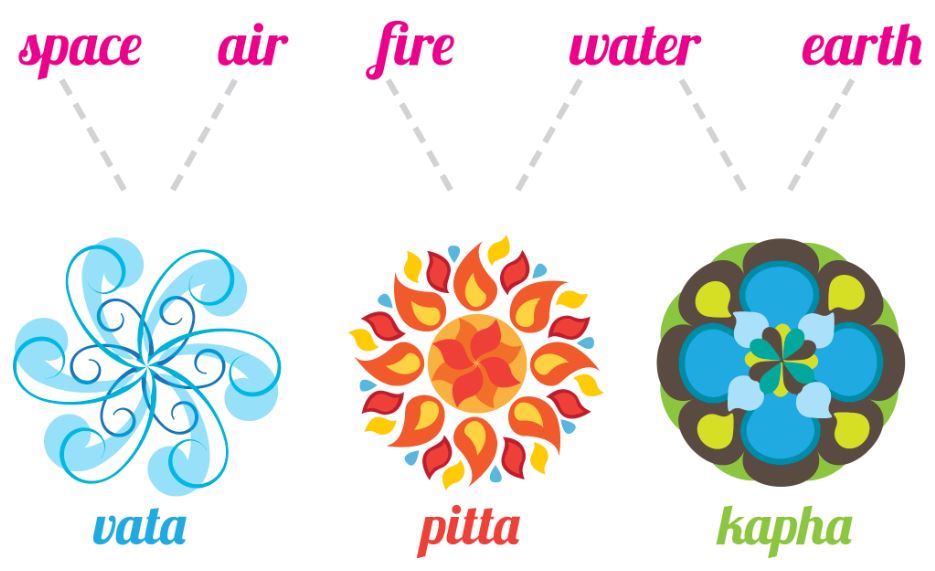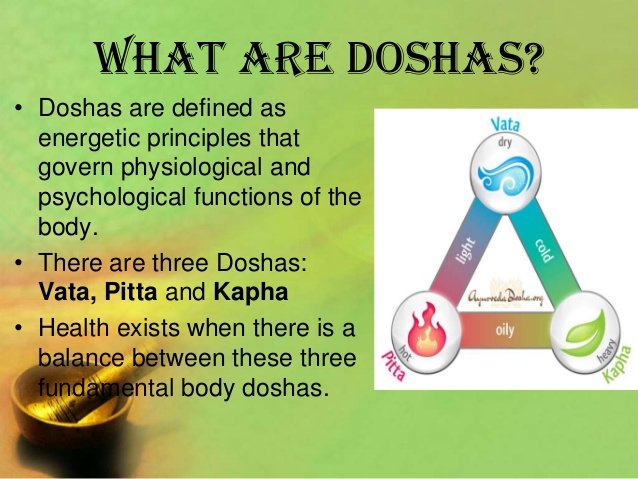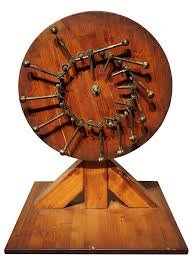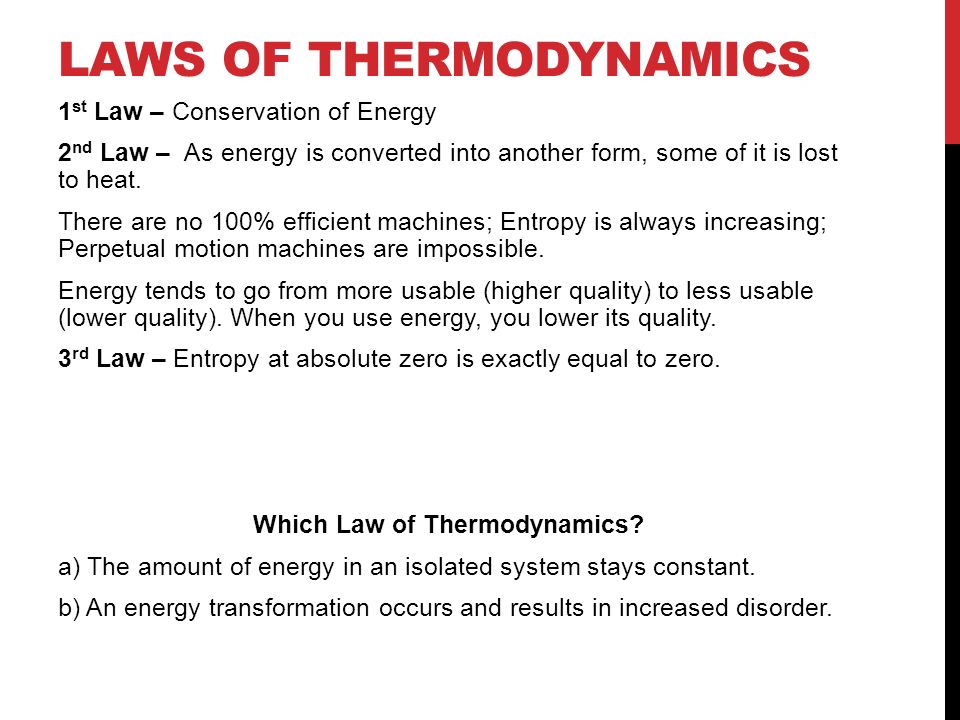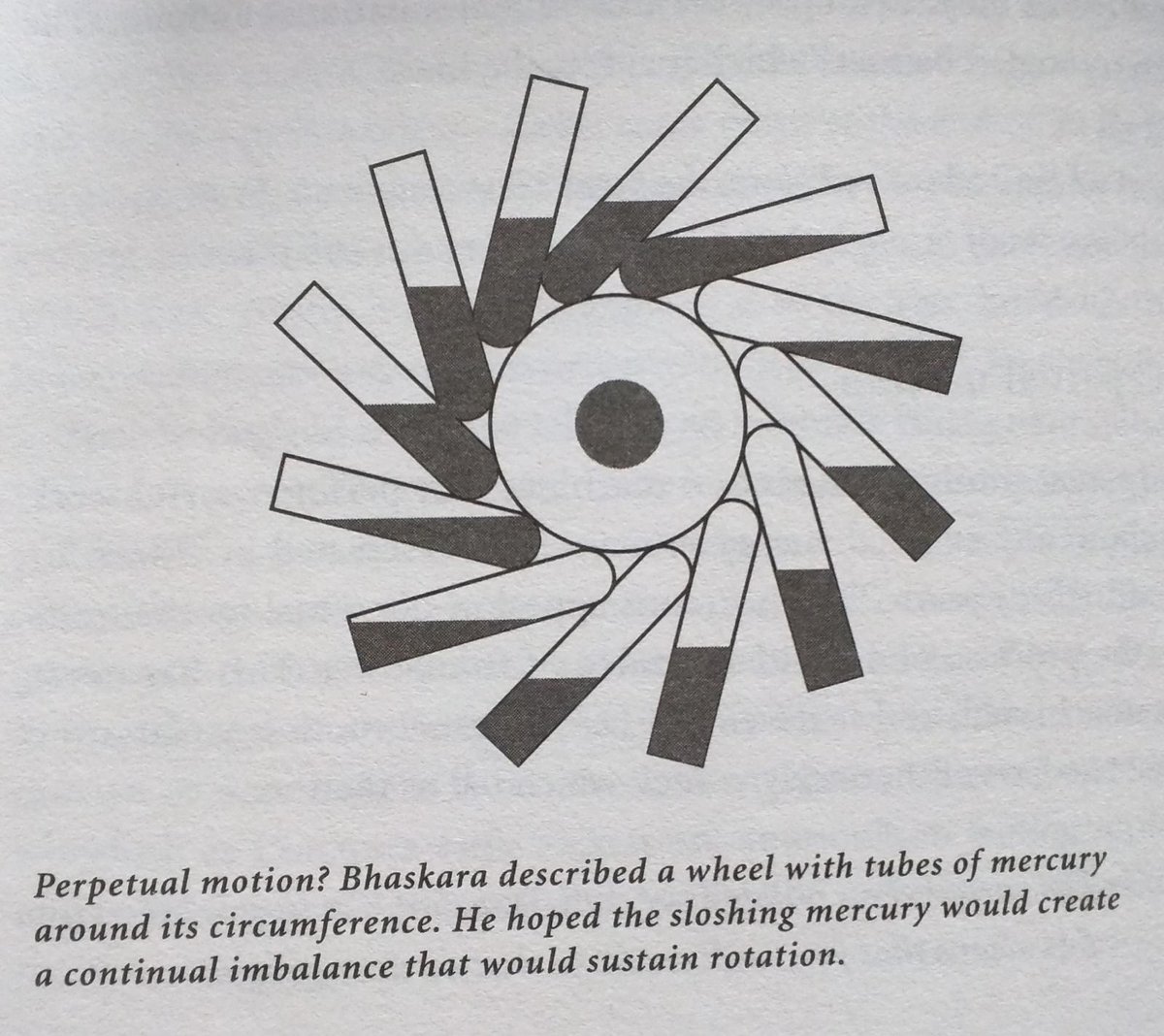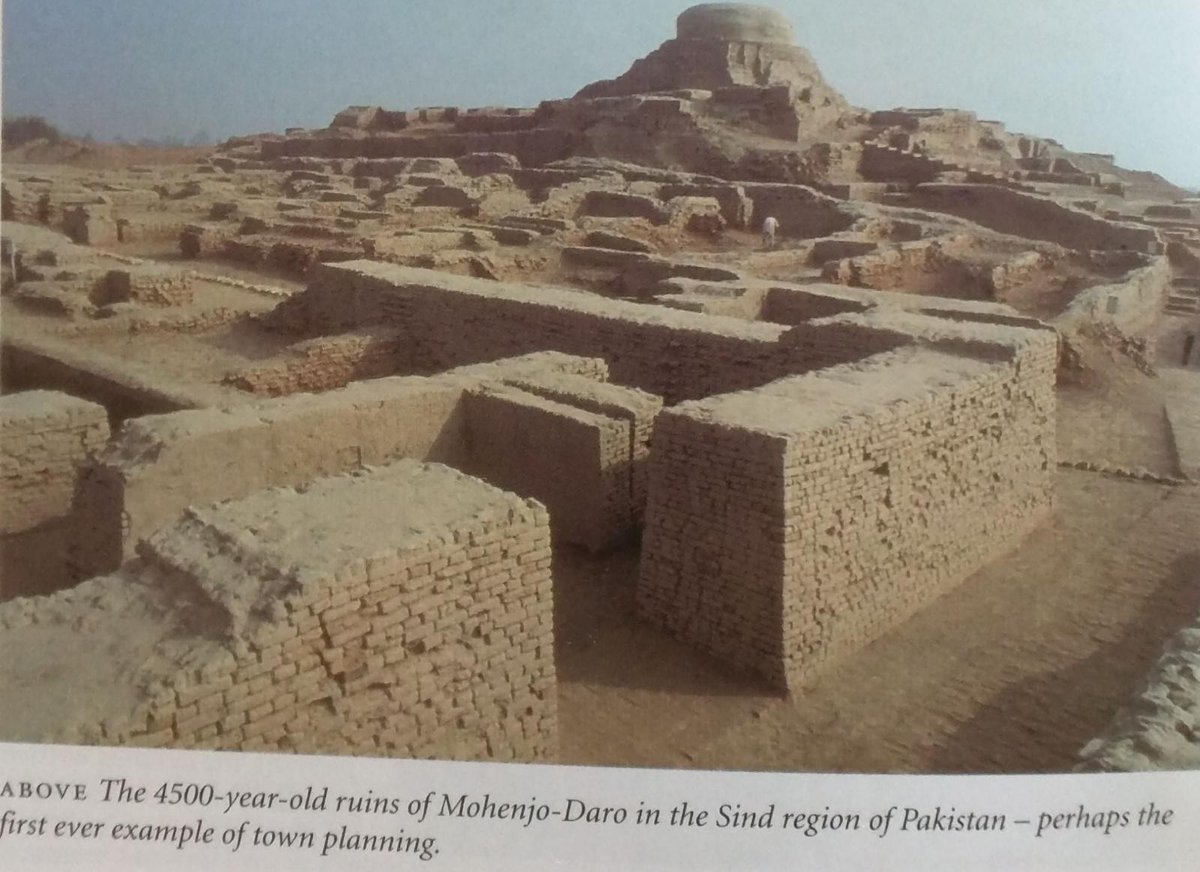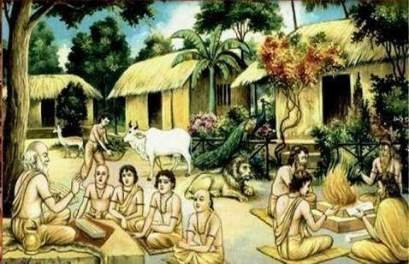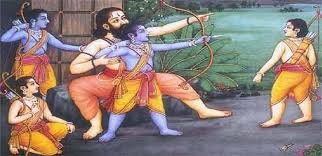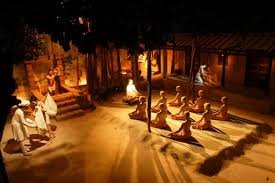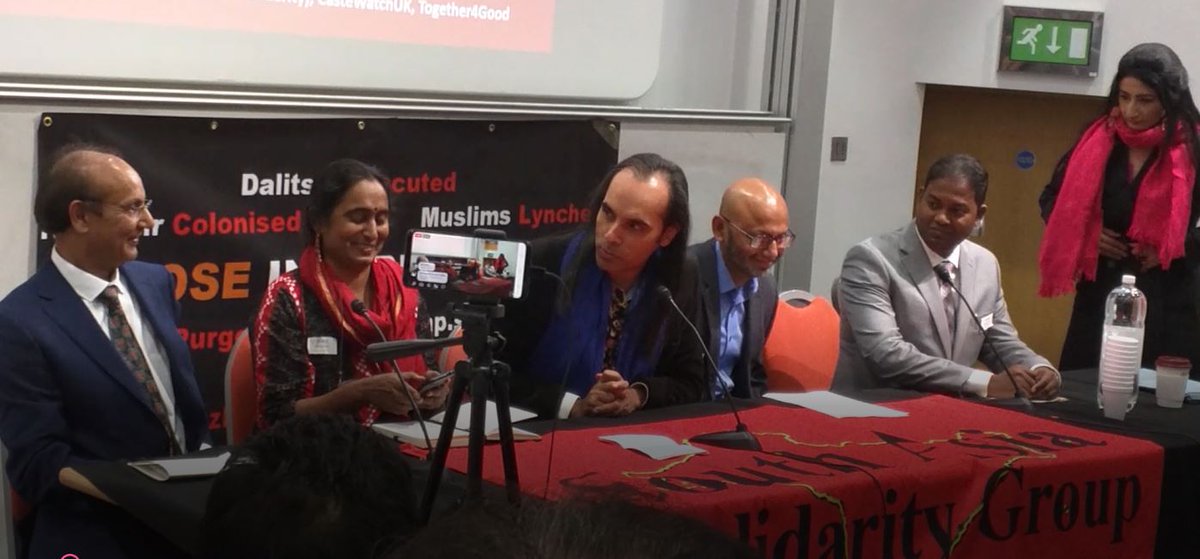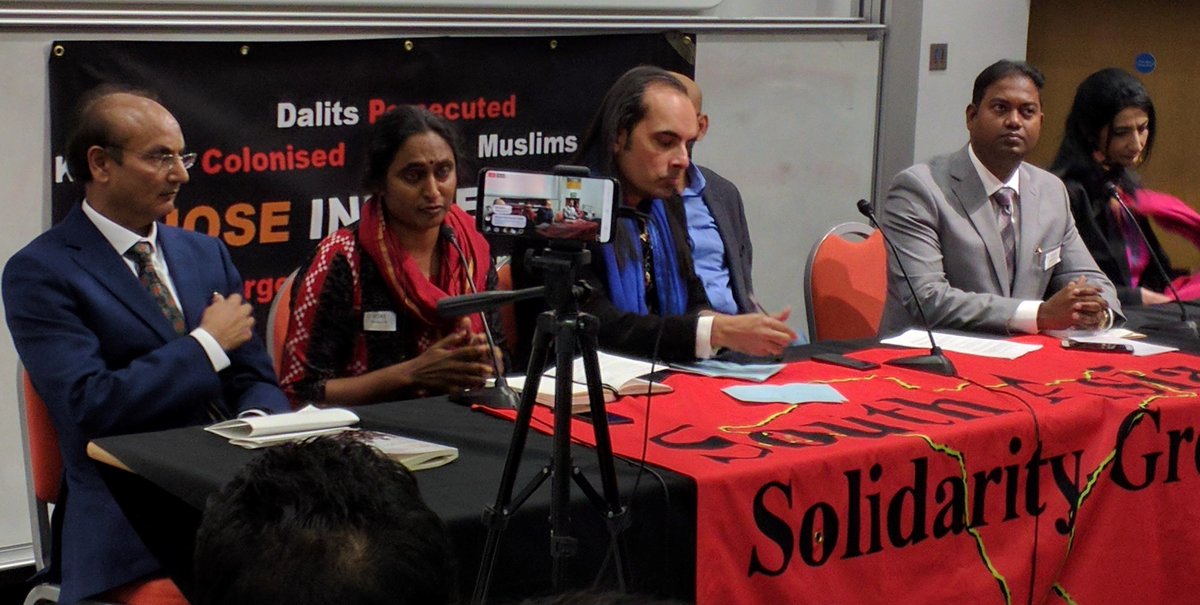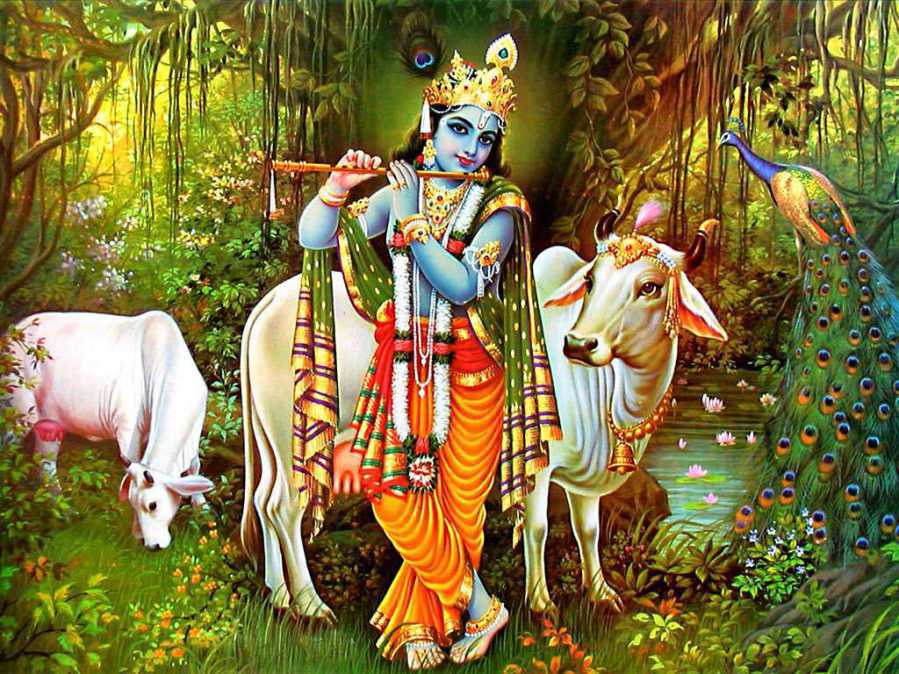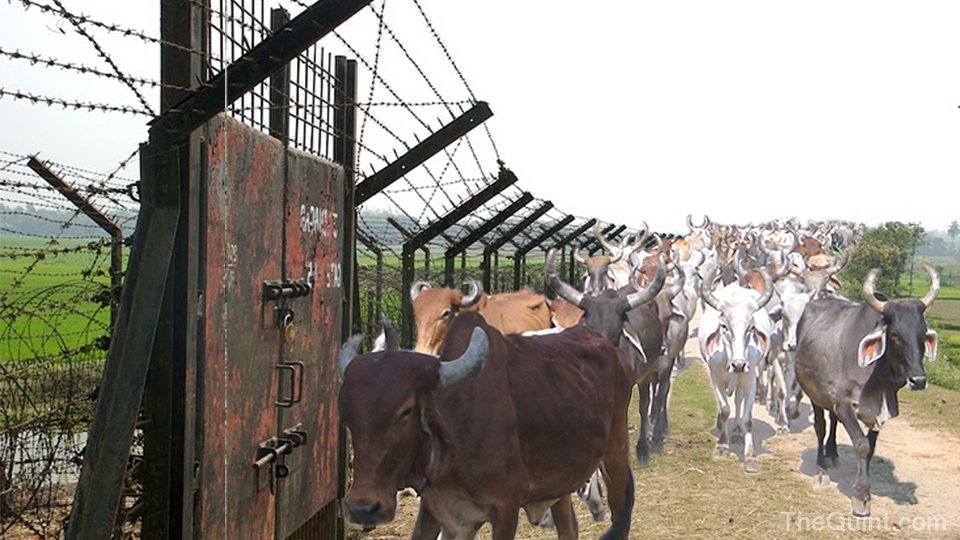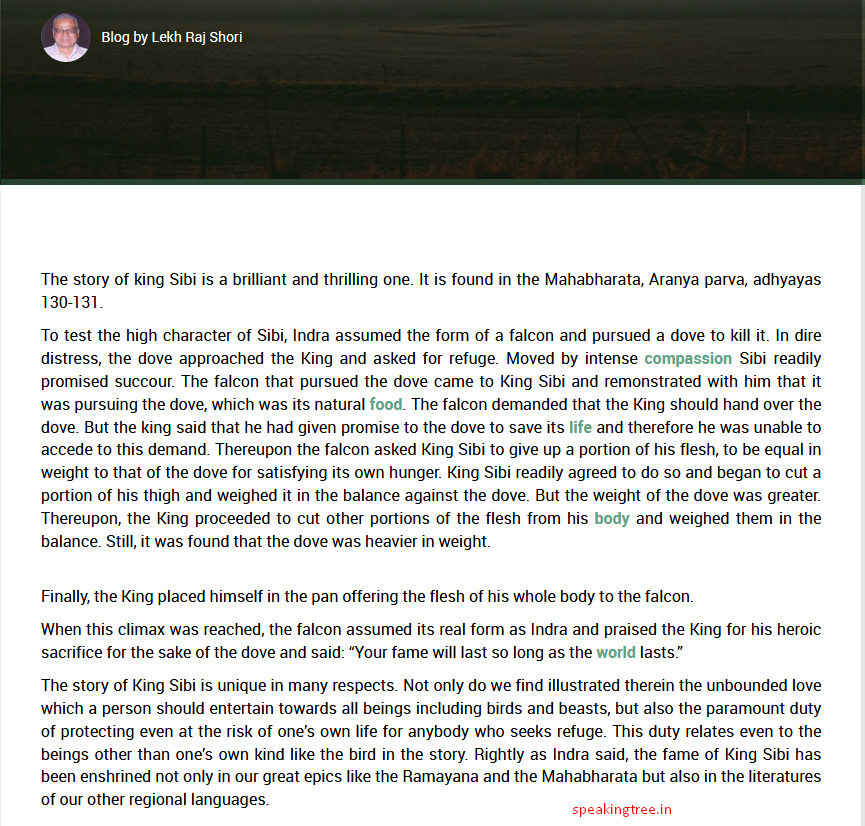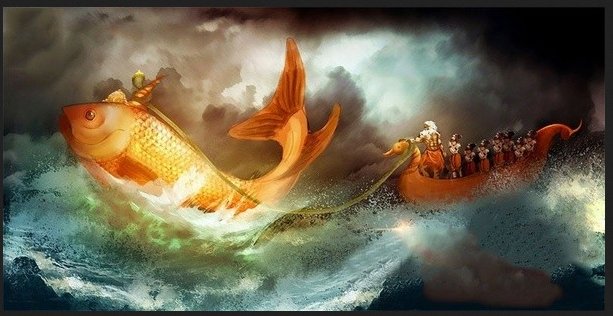With inventions touching daily life to the most complex academic discourses, Indian were among the world’s greatest innovators.
A #thread on India’s 🇮🇳 contributions from the past!
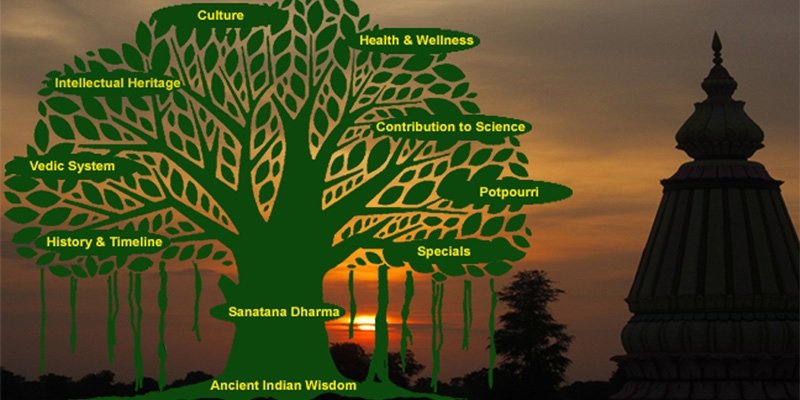
👉any number can be written
👉any computation can be solved
He taught us how to write forty, four hundred & four thousands using zeroes in right places in simpler terms.
@Aabhas24
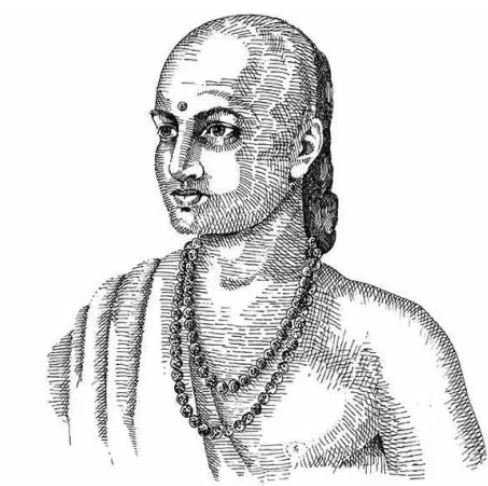
👉Brahmagupta was the first to give rules to compute with zero & negative numbers
These two Indian mathematicians had changed the way mathematics would be handled going forward.
@mariawirth1
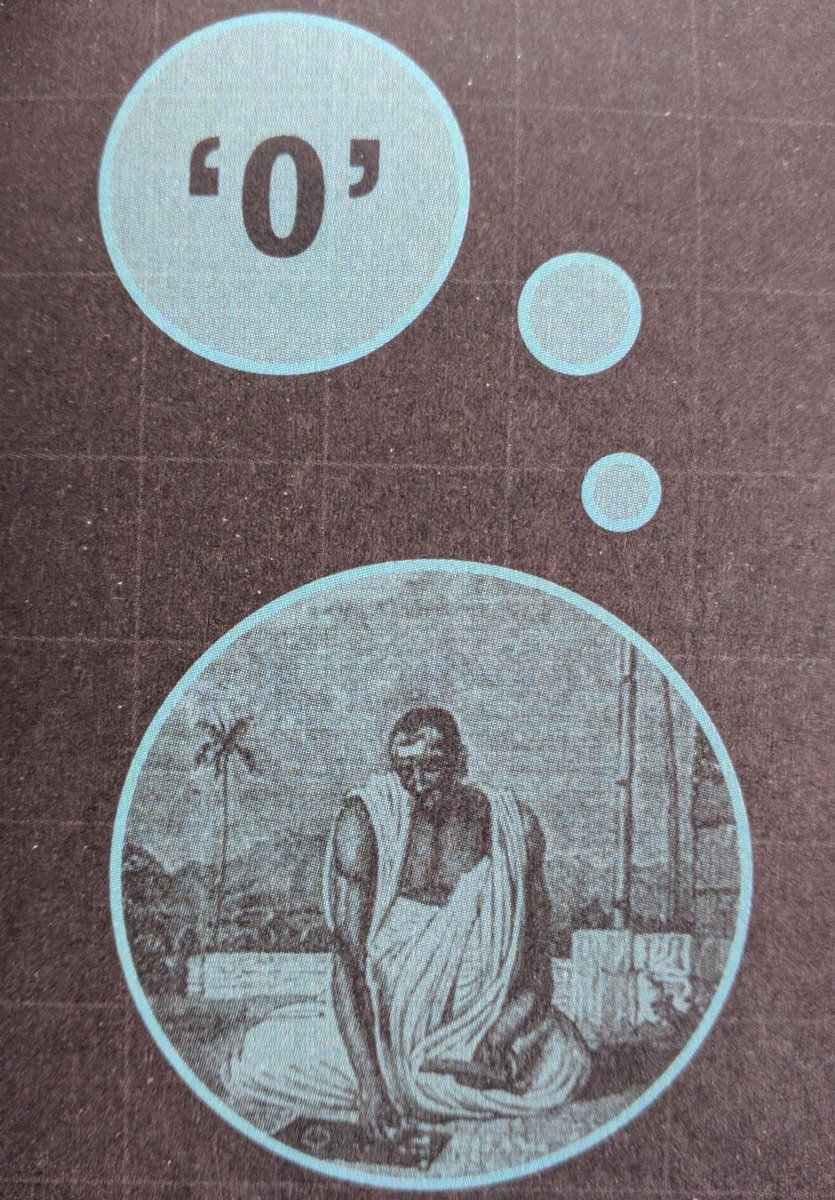
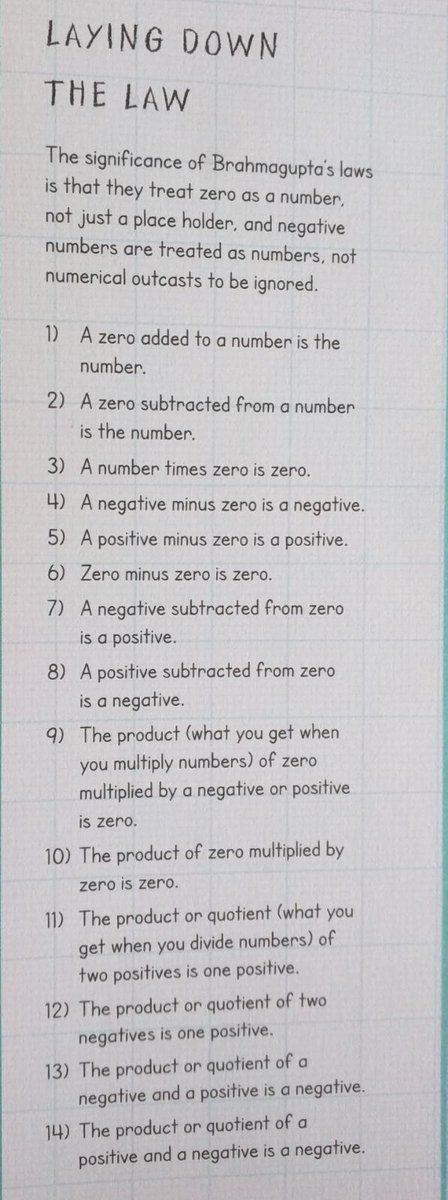
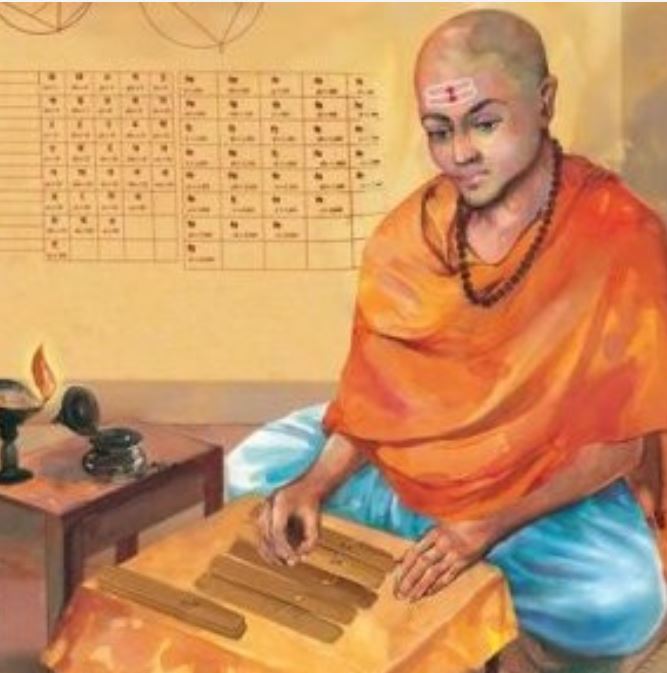
5000 years ago, the people of the Indus valley were already accomplished textile workers.
The earliest references to Indian cotton are found in the Rig-Veda.
@RatanSharda55
@AhmAsmiYodha

Q: So where did the idea of perpetual motion come from?
A: India, of course 🇮🇳
☸️The first wheel had hollow spokes half filled with mercury.
☸️The second wheel has a narrow channel in the rim, half filled with mercury and half filled with water.
The stimulus provided by this idea sparked a huge amount of thinking about the nature of mechanical power 🚂🚂
👏Wide, flat main roads to allow wheeled transport
👏Sophisticated drainage system
👏Wells & canals to provide fresh water
🛣️Secondary streets linked the housing to the main roads
🏘️Houses had bathrooms and lavatories, linked by covered drains to an underground sewerage system
🏘️Lower town has building to support business activities

